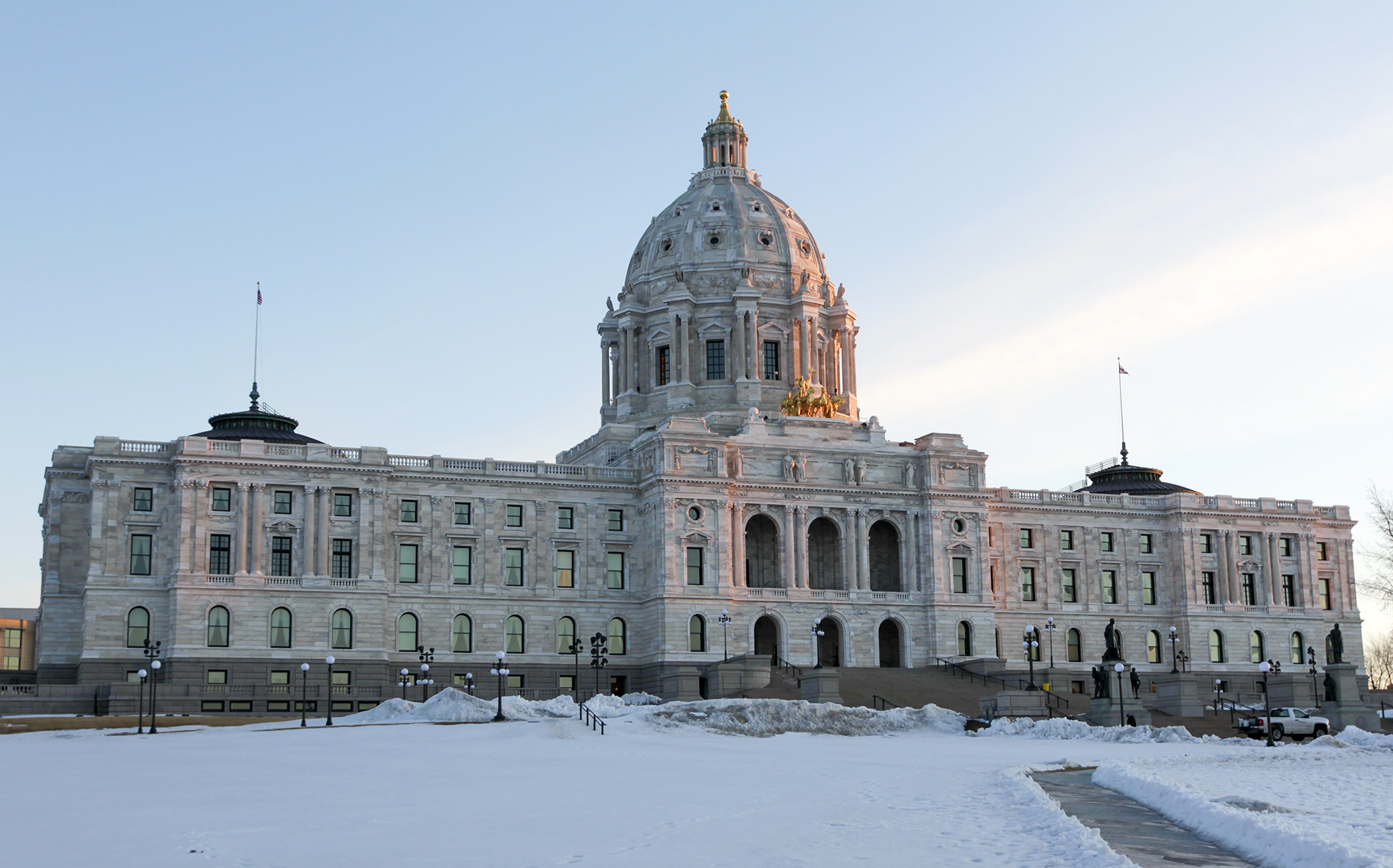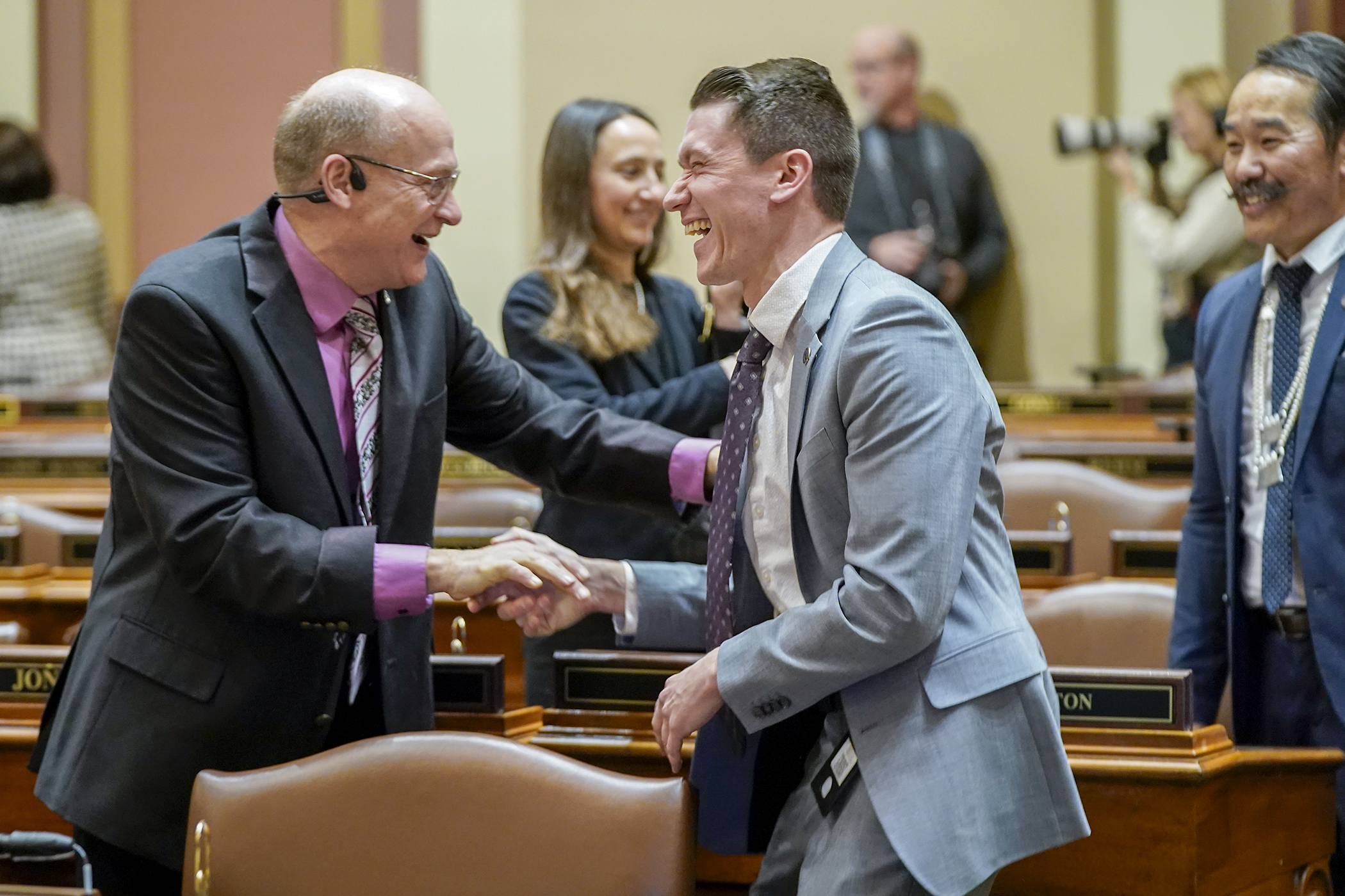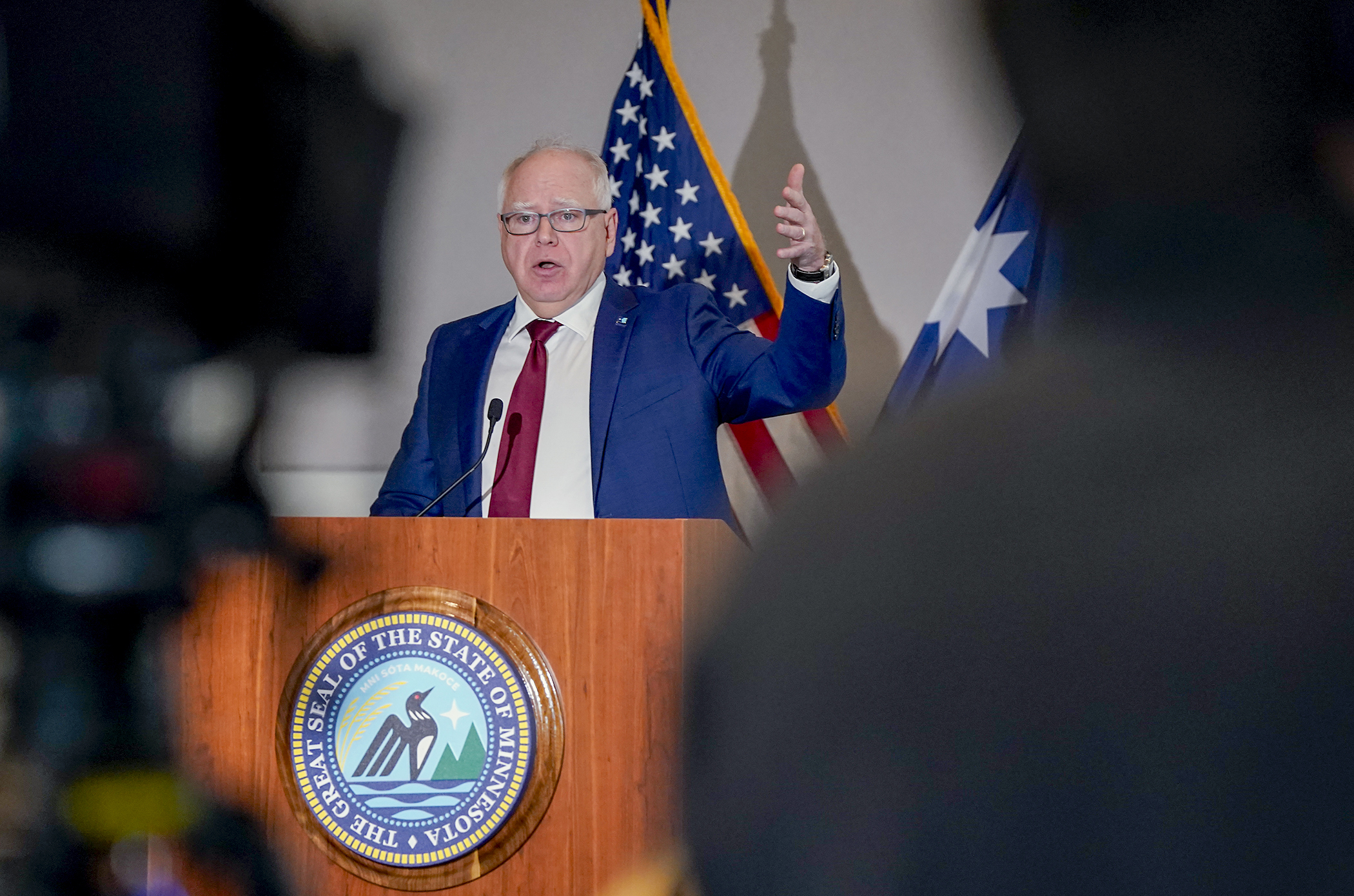Ways and Means Committee OKs proposed $512 million supplemental budget on party-line vote

Meeting more needs or fiscal irresponsibility is one way to sum up the differences among the two parties on a supplemental spending package a year after a $72 billion state budget became law.
Unveiled by Gov. Tim Walz and legislative leaders late Friday, the $512.5 million increase was approved Monday on a 17-9 party-line vote by the House Ways and Means Committee. More than $477.54 million of that amount has been agreed to, thereby leaving room in case additional needs arise.
The resolution keeps the budget reserve at $2.91 billion and the cash flow account is set at $350 million and permits no additional spending in the health care access or workforce development funds this biennium.
“As we all know, we had the main budget last year, so this is just a reflection of our ongoing priorities and needs for the state we see in our supplemental budget,” said Rep. Liz Olson (DFL-Duluth), the committee chair.
The latest state budget forecast shows a projected $3.71 billion surplus at the end of the 2024-25 biennium, but a projected biennial surplus of $2.24 billion for the 2026-27 biennium.
Rep. Pat Garofalo (R-Farmington) noted that forecast — put together by Minnesota Management and Budget — shows $70.5 million in General Fund spending this biennium before the budget resolution is added, but $66.3 million in the ensuing two fiscal years. Based on the assumptions used, next year’s Legislature will need to reduce General Fund spending by about $4.5 million.
“Obviously this is a fiscal cliff that’s being created,” he said. “… The idea that the government of Minnesota doesn’t have enough money and is not spending enough money and needs to do more is simply not in conjunction with mathematical reality.”
Among large ticket items in the current biennium, the supplemental spending plan calls for $53 million in tax aids and credits, $43 million in education spending, $42.13 million more for human services, $36 million for judiciary, and almost $31.46 million for one-time educator pension contributions.
[MORE: View joint budget targets by committee and other items]
Acknowledging the number of requests for additional spending, Olson said it is going to be some “heavy lifting” for committee chairs. “We all wish we could do more, but our hope is that this spending is done wisely and leaves our state in a good place for years to come but takes care of urgent needs.”
Garofalo asked if heavy lifting means “there’s so much you guys are spending that it’s hard to pick it up.”
Could non-tax committees spend more than what’s in the resolution and offset that by raising fees or attaining other revenue to hit the target?
“I’m not saying either way. What I’m saying is what we’re locking in in the budget resolution is the General Fund spending,” Olson said.
Tyler settlement
The largest price tag is $109 million for the Tyler Settlement, a class action lawsuit that was recently settled on the heels of a May 2023 U.S. Supreme Court case that found state law regarding property forfeiture was unconstitutional.
Via a 9-0 vote, the nation’s highest court ruled Hennepin County violated a homeowner’s constitutional rights when it sold her forfeited property for more than she owed in back taxes and fines and kept the $25,000 difference. State statute indicates the property was taken in the name of the state of Minnesota.
Two class action lawsuits have since been filed against the state on behalf of Minnesotans who lost property to tax forfeiture and counties kept the surplus money. However, the settlement includes that the state will cover 80% of settlement costs and counties would reimburse the rest, meaning about $26.73 million will revert to state coffers in the 2026-27 biennium.
Related Articles
Search Session Daily
Advanced Search OptionsPriority Dailies
Full House convenes for first time in 2025, elects Demuth speaker
By Tim Walker DFL, Republicans convene with a quorum for the first time in 2025 session after agreeing to a power-sharing deal.
DFL, Republicans convene with a quorum for the first time in 2025 session after agreeing to a power-sharing deal.
Walz proposes slimmed-down 2026-27 state budget, sales tax changes
By Tim Walker This is an odd-numbered year, and so the Legislature is constitutionally required to craft a budget to fund the state government for the next two fiscal years.
Gov. Tim Walz...
This is an odd-numbered year, and so the Legislature is constitutionally required to craft a budget to fund the state government for the next two fiscal years.
Gov. Tim Walz...